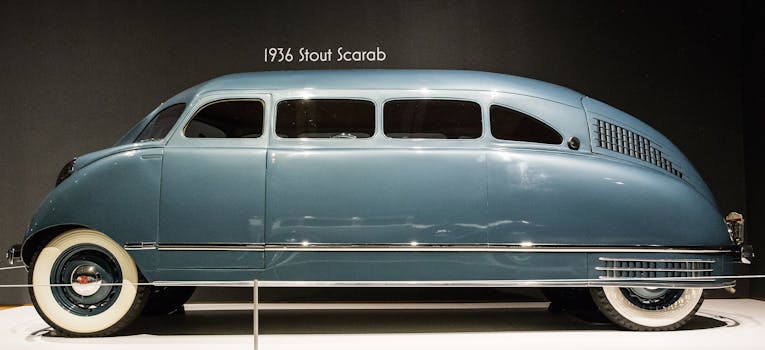Atap spandek fiberglass populer di kalangan arsitek karena memiliki beberapa keunggulan yang menarik.
Fiberglass spandek roofs have become increasingly popular among architects in recent years. This is due to the numerous advantages that these roofs offer in architectural designs. In this article, we will explore some of the key reasons why fiberglass spandek roofs have gained such popularity among architects.One of the main advantages of using fiberglass spandek roofs is their durability. These roofs are made from a combination of fiberglass and resin, which makes them highly resistant to weathering and corrosion. This means that they can withstand extreme weather conditions, such as heavy rain, strong winds, and even hailstorms. Architects appreciate the fact that fiberglass spandek roofs can provide long-lasting protection for buildings, ensuring that they remain in good condition for many years to come.Another advantage of fiberglass spandek roofs is their lightweight nature. Unlike traditional roofing materials, such as concrete or metal, fiberglass spandek roofs are much lighter in weight. This makes them easier to install and reduces the load on the building's structure. Architects find this particularly beneficial when designing large-scale projects, as it allows for more flexibility in the overall design and construction process.In addition to their durability and lightweight nature, fiberglass spandek roofs also offer excellent thermal insulation properties. The fiberglass material used in these roofs has a high R-value, which means that it can effectively prevent heat transfer between the interior and exterior of a building. This helps to maintain a comfortable indoor temperature throughout the year, reducing the need for excessive heating or cooling. Architects appreciate the energy-saving benefits of fiberglass spandek roofs, as they can contribute to lower energy consumption and reduced utility costs for building owners.Furthermore, fiberglass spandek roofs are highly versatile in terms of design options. They can be manufactured in a wide range of colors, textures, and profiles, allowing architects to create unique and visually appealing roof designs. Whether it's a modern, sleek look or a more traditional aesthetic, fiberglass spandek roofs can be customized to suit the specific architectural style of a building. This versatility makes them a popular choice among architects who value both functionality and aesthetics in their designs.Lastly, fiberglass spandek roofs are relatively low-maintenance compared to other roofing materials. They do not require regular painting or sealing, and they are resistant to mold and mildew growth. This means that architects can recommend fiberglass spandek roofs to their clients as a cost-effective and hassle-free roofing solution. Building owners can enjoy the benefits of a durable and attractive roof without the need for frequent maintenance or repairs.In conclusion, the popularity of fiberglass spandek roofs among architects can be attributed to their numerous advantages. From their durability and lightweight nature to their thermal insulation properties and design versatility, these roofs offer a range of benefits that architects appreciate. Additionally, their low-maintenance requirements make them an attractive option for building owners
. As the demand for sustainable and aesthetically pleasing architectural designs continues to grow, it is likely that fiberglass spandek roofs will remain a popular choice among architects in the future.
Advantages of Using Fiberglass Spandek Roofs in Architectural Designs

Fiberglass spandek roofs have become increasingly popular among architects in recent years. This is due to the numerous advantages that these roofs offer in architectural designs. In this article, we will explore some of the key reasons why fiberglass spandek roofs have gained such popularity among architects.One of the main advantages of using fiberglass spandek roofs is their durability. These roofs are made from a combination of fiberglass and resin, which makes them highly resistant to weathering and corrosion. This means that they can withstand extreme weather conditions, such as heavy rain, strong winds, and even hailstorms. Architects appreciate the fact that fiberglass spandek roofs can provide long-lasting protection for buildings, ensuring that they remain in good condition for many years to come.Another advantage of fiberglass spandek roofs is their lightweight nature. Unlike traditional roofing materials, such as concrete or metal, fiberglass spandek roofs are much lighter in weight. This makes them easier to install and reduces the load on the building's structure. Architects find this particularly beneficial when designing large-scale projects, as it allows for more flexibility in the overall design and construction process.In addition to their durability and lightweight nature, fiberglass spandek roofs also offer excellent thermal insulation properties. The fiberglass material used in these roofs has a high R-value, which means that it can effectively prevent heat transfer between the interior and exterior of a building. This helps to maintain a comfortable indoor temperature throughout the year, reducing the need for excessive heating or cooling. Architects appreciate the energy-saving benefits of fiberglass spandek roofs, as they can contribute to lower energy consumption and reduced utility costs for building owners.Furthermore, fiberglass spandek roofs are highly versatile in terms of design options. They can be manufactured in a wide range of colors, textures, and profiles, allowing architects to create unique and visually appealing roof designs. Whether it's a modern, sleek look or a more traditional aesthetic, fiberglass spandek roofs can be customized to suit the specific architectural style of a building. This versatility makes them a popular choice among architects who value both functionality and aesthetics in their designs.Lastly, fiberglass spandek roofs are relatively low-maintenance compared to other roofing materials. They do not require regular painting or sealing, and they are resistant to mold and mildew growth. This means that architects can recommend fiberglass spandek roofs to their clients as a cost-effective and hassle-free roofing solution. Building owners can enjoy the benefits of a durable and attractive roof without the need for frequent maintenance or repairs.In conclusion, the popularity of fiberglass spandek roofs among architects can be attributed to their numerous advantages. From their durability and lightweight nature to their thermal insulation properties and design versatility, these roofs offer a range of benefits that architects appreciate. Additionally, their low-maintenance requirements make them an attractive option for building owners
